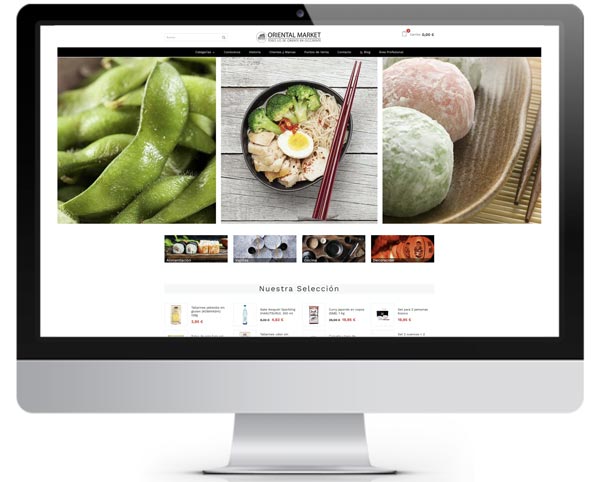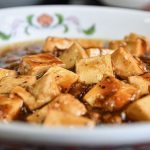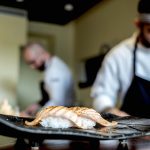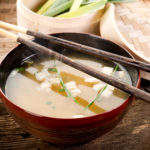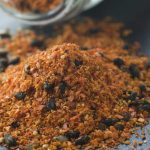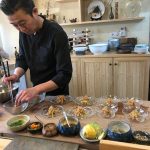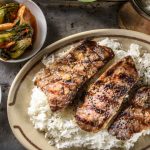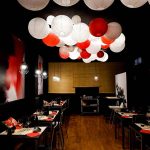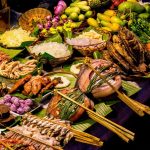New Japanese Rice for Sushi
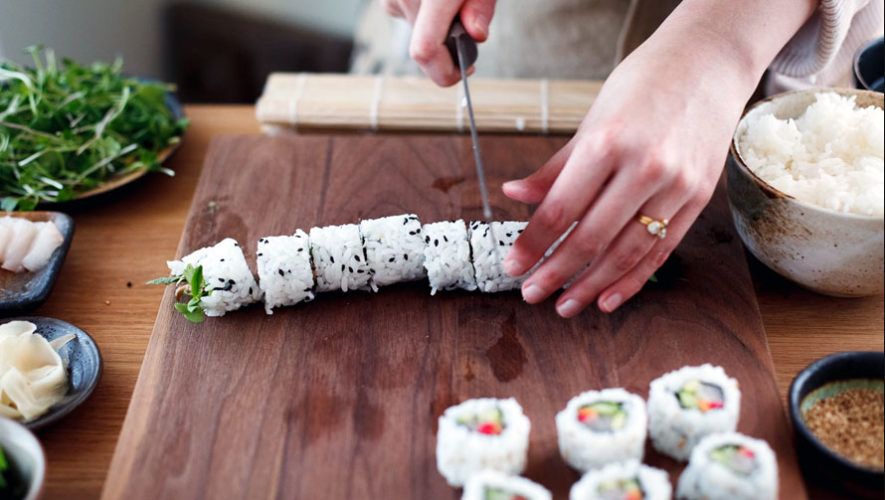
This week in our blog we present you the new packaging for the new Japanese rice of the brand Sushi King from Oriental Market. New pack in 1 kilo format. Rice is the secret of the success of a good sushi, for this reason a different type of rice is used to cook sushi.
The best rice for good sushi is glutinous rice, as it provides a sticky consistency. It makes the rice compact and allows the sushi balls (nigiri) or rolls (maki) to be formed without the grains breaking up. In addition, it is a white, sweet rice with a short grain and in its refined version, when cooked, the grain is shiny and has a nice texture, firm but not hard.
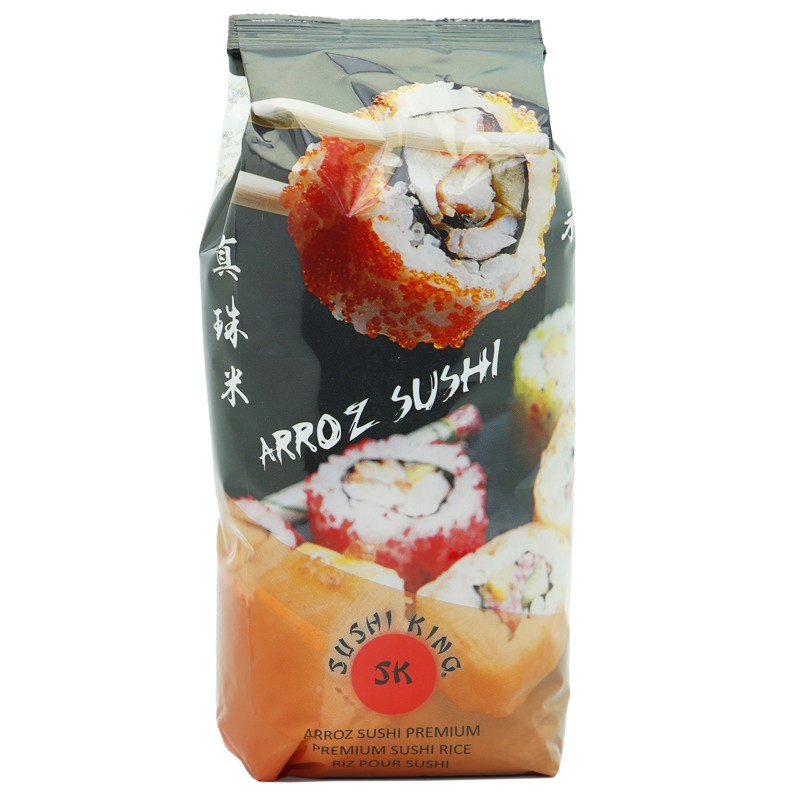
Read more
About Sayuri Nigori, Hakutsuru Sake
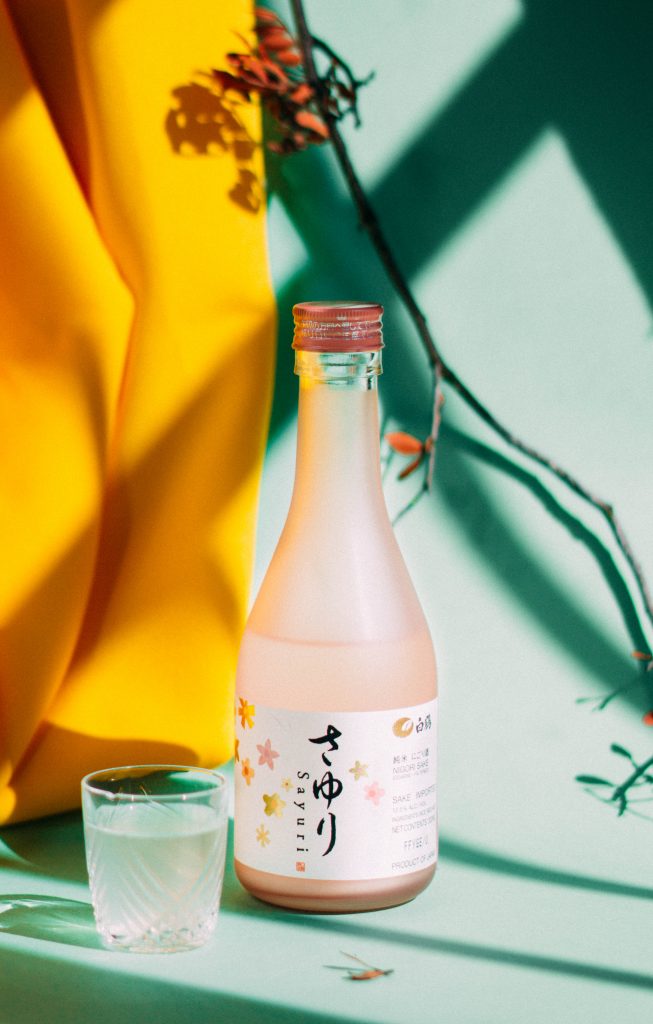
sake is one of the most widely consumed drinks in the world. It is a traditional Japanese alcoholic beverage (of various strengths) made from fermented rice. Therefore, we could say that rice is the main protagonist of sake . For the elaboration of the drink, the rice grain is polished and depending on this grade we will be talking about different types of sake :
- Honjozo (with added alcohol)
- Junmai (pure rice sake)
- Ginjo (premium sake)
- Junmai Ginjo (premium pure rice sake)
- Daiginjo (superpremium)
- Junami Daiginjo (pure rice sake and also superpremium)
- finally Futsushu (regular)
In Oriental Market we have a wide collection of premium sake among which we highlight for example the Hakutsuru brewery, number 1 in sake sales worldwide. Read more
Oriental Market at Alimentaria 2018
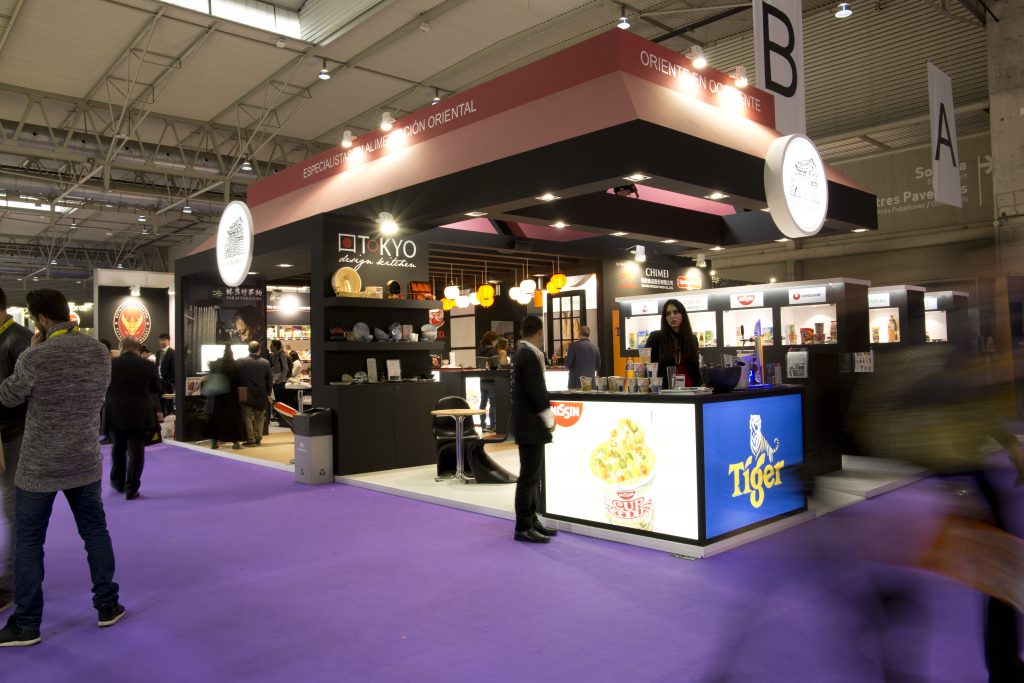
Last April, Oriental Market was once again present at Alimentaria. The leading food, beverage and gastronomy fair in Spain and in the Mediterranean arc, and an international benchmark for the sector. If you missed it, take a look at this article where we explain the main activities we carried out as well as the most outstanding new products in our catalogues this year.
Moutai, the deluxe Chinese liqueur
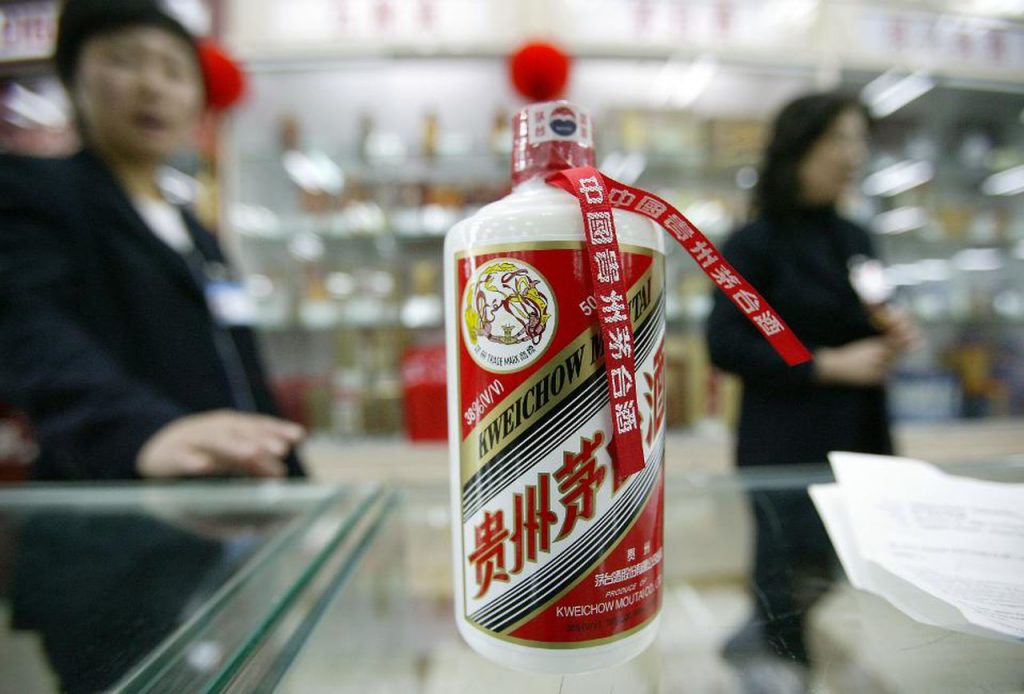
This week in our blog we want to highlight a very important drink in the East, more specifically in China. It is known for being a very luxurious liquor, do you want to know why? We tell you all about it below.
Moutai is what the Chinese call a type of baijiu, which in traditional Chinese means “alcohol”. Although in the West this type of drink is often translated as “wine”, it is actually more of an alcoholic drink of the “brandy” type. Moutai, the most famous of the baijiu, is obtained from the distillation process of a sorghum ferment. It is believed that the unique climatic conditions of Moutai village, and especially the waters of the Chishui River, contribute to the distinctive taste and aroma characteristics of this liquor.
Okonomiyaki: what it is, origin, recipe and how to buy ingredients
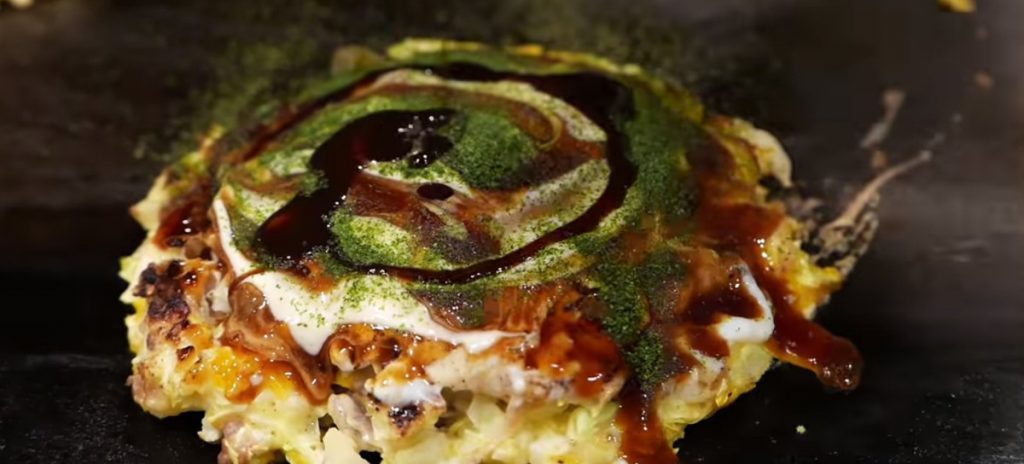
One of the classic Japanese street-food dishes that is gaining more and more followers among Spanish and European diners is okonomiyaki. In fact, most Japanese establishments include a variety of okonomiyaki in their list of dishes, and even the most distinguished restaurants have included it in their menus, making it one of their most curious and sought-after dishes.
Read more
Recipe for soju cocktail with apricot and lime pulp
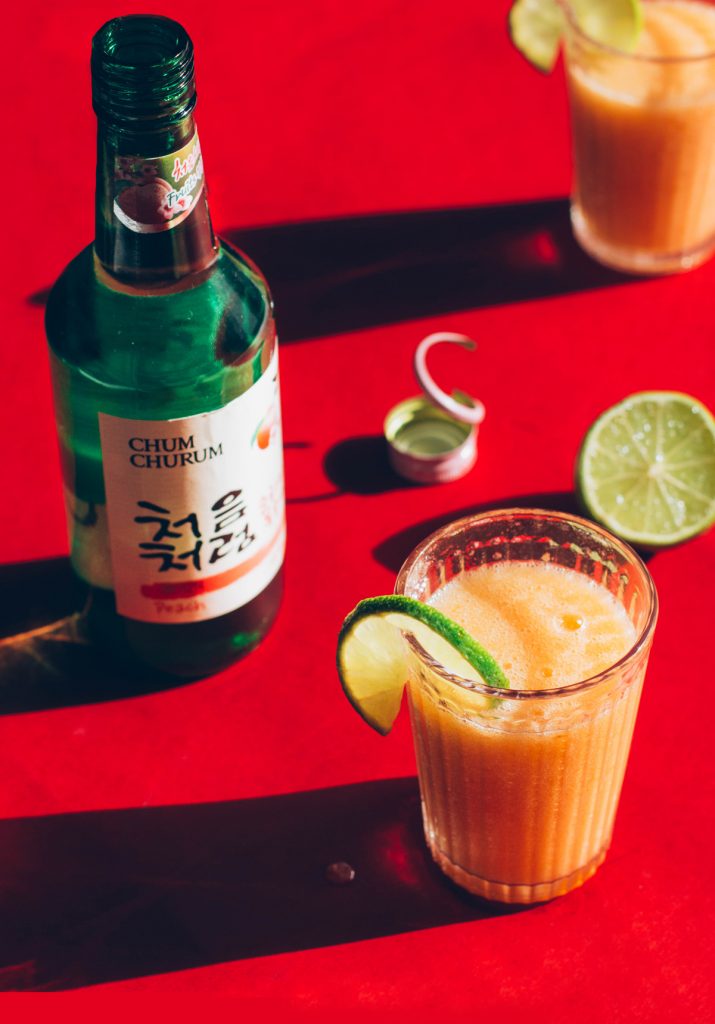
Summer? Hot? We bring you the perfect drink for quiet evenings with friends. Surprise your loved ones with the soju cocktail with apricot and lime pulp, a different and fresh drink.
Read more
Recipe for shirataki noodle salad with sweet black sesame dressing
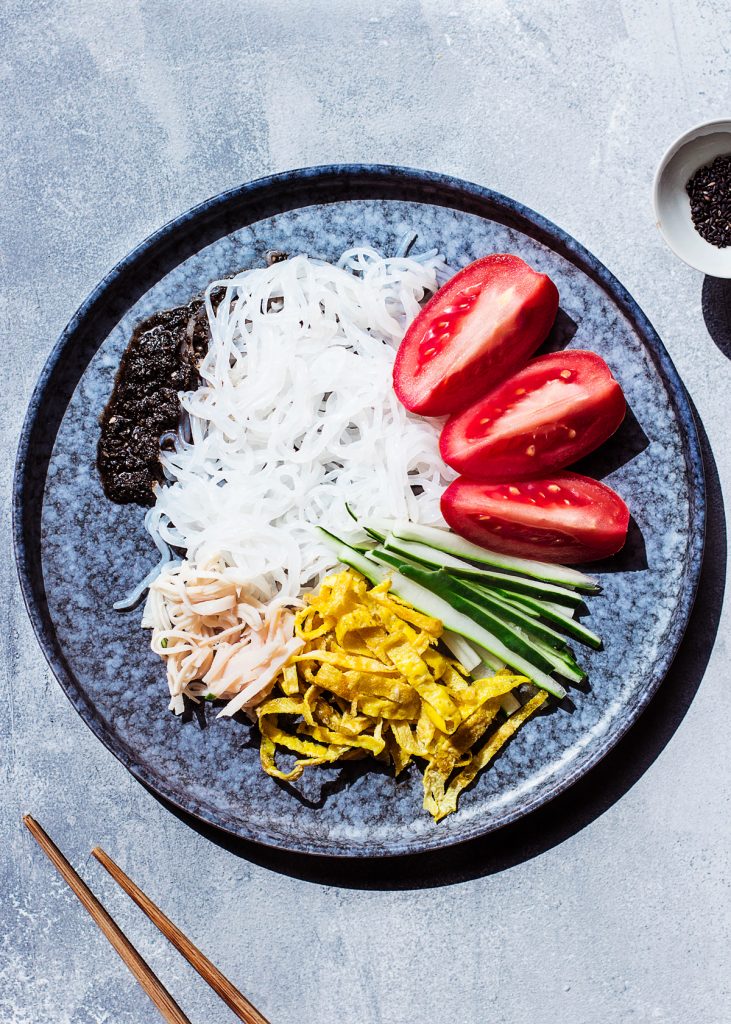
This week we bring you an ideal recipe for hot days, shirataki noodle salad with sweet black sesame dressing. Do you dare? It’s easy, quick and perfect.
Read more
Umeshu sour cocktail recipe
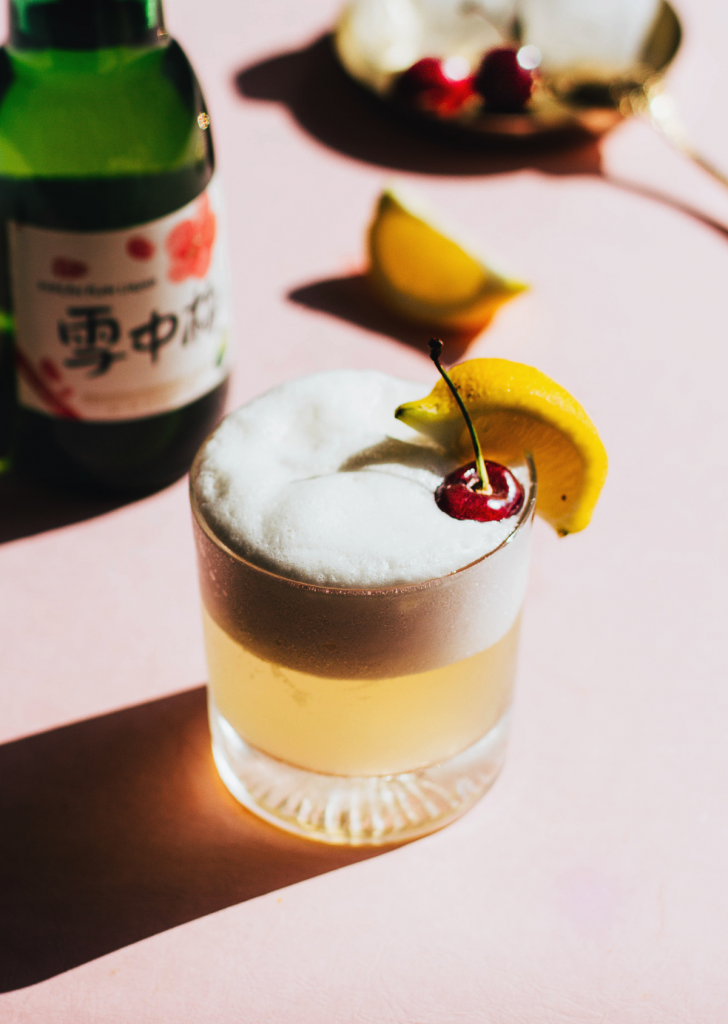
Welcome once again to the Oriental Market blog. With this heat it is important to hydrate, for this reason we bring you a cool cocktail to make it in your summer nights. Umeshu is a traditional Japanese type of liqueur made from plums with sugar and alcohol. It was brought to Japan from China over 1000 years ago, and has long been loved during the late winter and early spring months for its beautiful pink flowers.
Ingredients:
- 80ml umeshu
- 35ml lemon juice
- 15ml sugar syrup (50% water: 50% sugar)
- 15ml egg white
- 1 slice of lemon and 1 cherry, for garnish.
Preparation:
Place everything except the garnish in a cocktail shaker, add ice cubes and shake for about 10 seconds. Strain into a glass over ice cubes, garnish and drink.
Konjac: properties, benefits and where to buy it
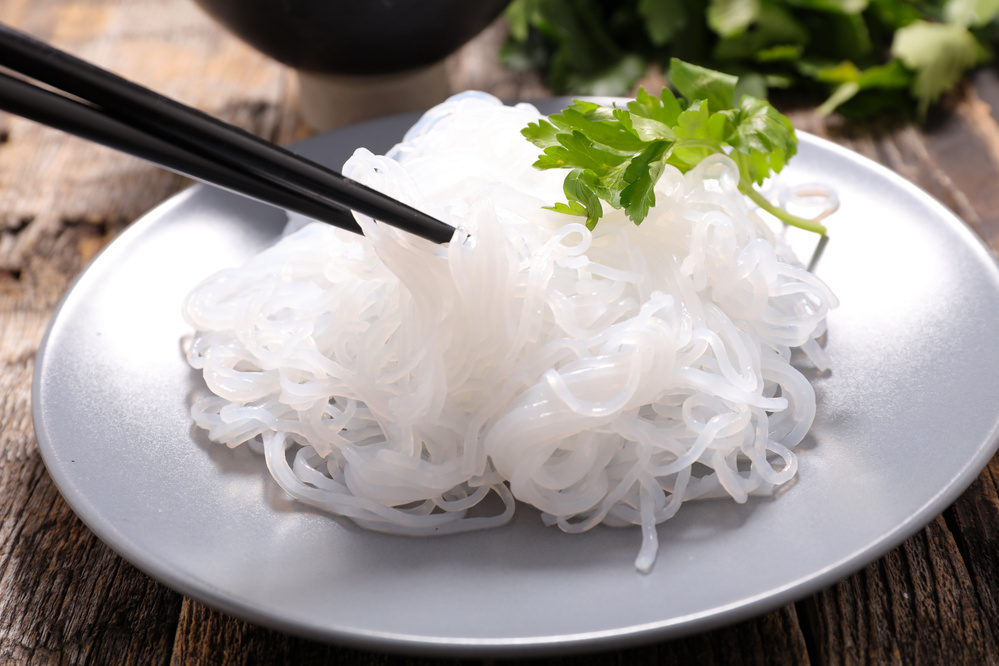
Enjoying a plate of pasta without ingesting hardly any calories seems somewhat contradictory, but although it is hard to believe, it is possible. How? Thanks to konjac, an ingredient of Asian origin that is very popular both for its properties and benefits and for its use in cooking. This food, usually presented in the form of pasta, is a way of consuming our favourite dishes free of remorse and giving our body an extra shot of fibre. Today we tell you all the secrets of this food “miracle”.
What it is and where to find it
Konjac or “devil’s tongue” is a plant from which a flour is extracted that is then used to create pasta in different forms and versions. However, the most important part of this plant is not its leaves, but its bulb, as this is where all its precious characteristics are concentrated.
This food originates from Asia, more specifically from Southeast Asia. Therefore, it can be found in almost all of them, such as China, Vietnam, Thailand, Cambodia, Japan… There, this ingredient has been used for thousands of years, both for its health benefits and for its versatility in the kitchen. However, in the West, konjac is often better known for its satiating effects, as it is used as a substitute for pasta but without providing carbohydrates.
The reason for this is that konjac is very rich in fibre and absorbs a lot of water. Thus, it is able to stave off hunger for many hours, but its caloric value is actually low. For every 100 grams it provides only 9 calories. Unbelievable but true.
Where to buy it
You can buy it in our online shop or in our shop in Barcelona, whichever is more convenient for you.
[imacPrestashop_productos productos=”4909,6745,4352,4353,5557,4552,662″ idioma=”1″]Properties
The main reason why this ingredient is able to make us feel satiated without ingesting many calories is both its composition and its great absorption capacity. What is its composition like?
To obtain konjac paste, the tuber must be dried to obtain the flour that will be used to make pasta and rice. This flour is composed of glucomannan, which is the reason why konjac is so filling. This water-soluble compound is like a kind of jelly that can double in size when it comes into contact with liquid.
However, despite being rich in this fibre, eating a bowl of konjac does not provide the same amount of nutrients, vitamins and minerals as a bowl of conventional pasta. Konjac is often used to reduce the amount of calories in a dish, but it is important to bear in mind that it must be accompanied by other foods that contain these substances, which are necessary for the health of our body. You can accompany your konjac pasta with whatever ingredients you like, as its bland flavour can easily adapt to whatever you add to it. Try making your yakisoba noodles with konjac noodles, you won’t regret it!
BENEFITS
Konjac, apart from being used in weight loss diets, is highly valued for its health benefits. As many of them are still unknown, here are some of the most outstanding ones:
1- Controls diabetes. As we have already mentioned, although konjac is usually presented in paste form, it does not contain carbohydrates or sugar, so it does not generate blood glucose peaks. It is therefore a perfect option for people suffering from diabetes.
2- It improves intestinal health. This food is almost 100% fibre, which facilitates digestion and intestinal transit without creating a feeling of heaviness.
3- Reduces cholesterol. The main component of konjac is glucomannan, a water-soluble dietary fibre. This compound has been linked to the reduction of LDL cholesterol (“bad” cholesterol) and triglycerides.
4- Satiating effect. As it can absorb such a large amount of water, when it reaches the stomach it increases in size, which creates the sensation of satiety. You will therefore be eating a very low-calorie food without having to go hungry.
Risks and adverse effects
Every good thing has its downside. The high absorption capacity of konjac is beneficial for weight loss due to its satiating effect, but it can also be dangerous for people with oesophageal problems. As the European Food Safety Authority warns, if konjac is cooked in the same way as a traditional pasta dish, it is important to remember to drink plenty of water during the meal. Konjac increases in size considerably when it comes into contact with liquid, so when eating it we must ensure that it reaches the stomach quickly to avoid the risk of choking.
In addition, as with all fibre-rich foods, eating large amounts of konjac can cause laxative effects and gastrointestinal problems.
Recipe for fried rice with kimchi sauce
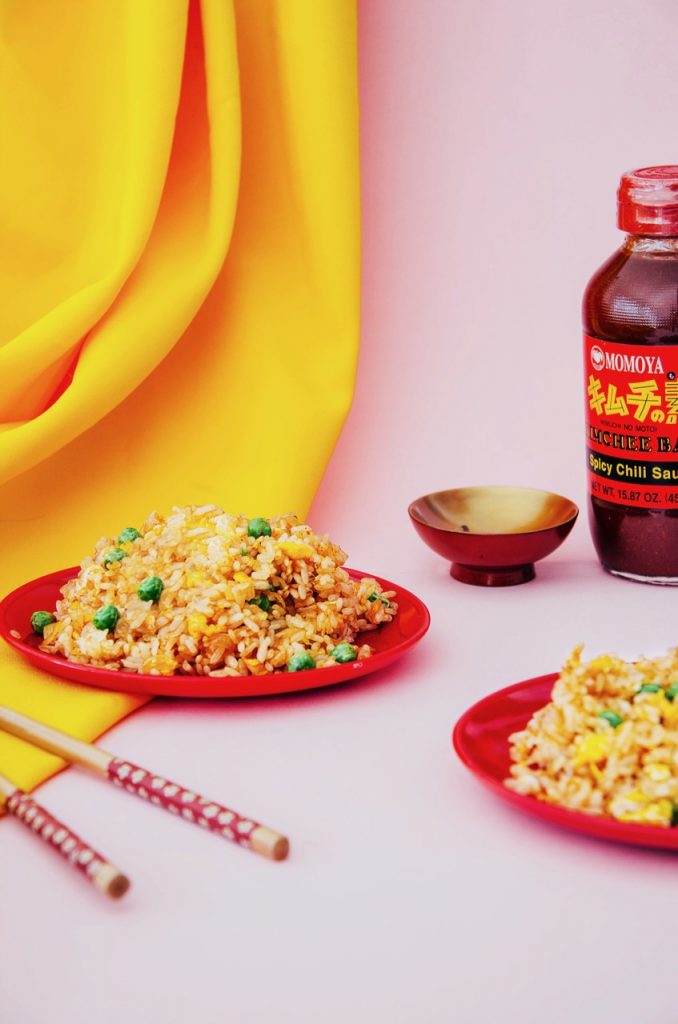
Welcome once again to the Oriental Market blog. This time we bring you a special recipe, a fried rice with kimchi sauce. Fried rice is a typical dish in Chinese cuisine. Mainly, it is a cooked rice that is usually sautéed on high heat and quickly in a wok with vegetables such as Chinese onion, Chinese roots, egg omelette pieces, soy sauce, among many other ingredients.
Read more


